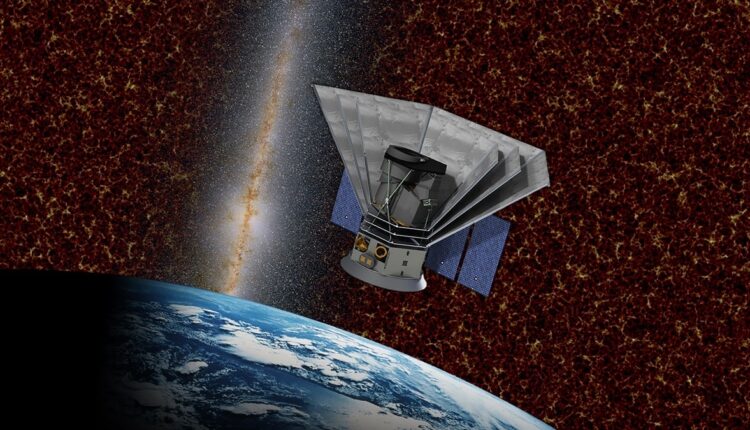NASA telescope will scan the sky every six months
NASA's new telescope called SPHEREx, which will be launched in 2025, will be able to scan the entire sky every six months and create a map of the cosmos
NASA’s upcoming SPHEREx mission (Spectro-Photometer for the History of the Universe, Epoch of Reionization and Ices Explorer) will be able to scan the entire sky every six months and map the cosmos like never before.
NASA space mission goals
Scheduled to launch no later than April 2025, it will investigate what happened in the first second after the Big Bang, how galaxies form and evolve, and the prevalence of molecules critical to the formation of life, such as water, locked up as ice in our galaxy.
Achieving these goals will require state-of-the-art technology, and NASA this month approved final plans for all components of the observatory.
“We are in the transition from doing work with computer models to doing things with real hardware,” said in a statement Allen Farrington, SPHEREx project manager at NASA’s Jet Propulsion Laboratory, and who manages the mission.
SPHEREx will observe portions of the sky
To answer big questions about the universe, scientists need to look at the sky in different ways. Many telescopes, like NASA’s Hubble Space Telescope, are built to focus on individual stars, galaxies, or other cosmic objects and study them in detail.
But SPHEREx belongs to another class of space telescopes that rapidly survey large portions of the sky, examining many objects in a short period of time.
Source: doblellave.com


